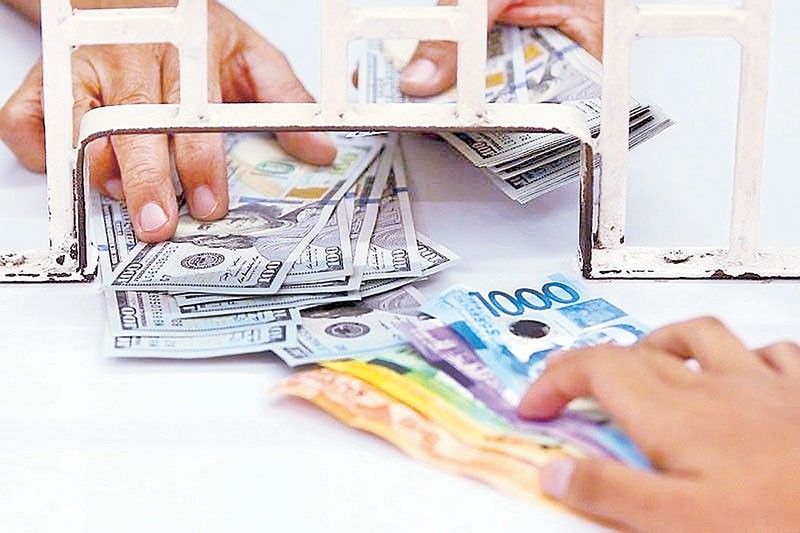Peso weakness won’t affect policy – BSP chief

MANILA, Philippines — The depreciation of the local currency to a near 17-month low is not large enough to affect inflation expectations, which may lead to rate cuts later this year or early next year, Bangko Sentral ng Pilipinas (BSP) Governor Eli Remolona Jr. said.
“I would say the central scenario would be we ease in the fourth quarter. If things are worse than we think, we might postpone it to the first quarter of 2025,” Remolona told reporters in a press briefing.
He noted that the peso is not performing poorly as the markets are adjusting more to current developments, including tensions in the Middle East and hawkish comments from the US Federal Reserve.
“It’s not a case of a weak peso, it’s a case of a strong dollar. Unless the movements are very sharp, we tend to allow the adjustment to happen,” Remolona said.
The Philippine peso lost 19.2 centavos to breach the 57 to $1 level on Tuesday, its weakest finish in nearly 17 months or since it closed at 57.375 to $1 on Nov. 22, 2022.
“The magnitude of the adjustment of the peso has not been large enough to affect inflation expectations. So, for now, I think the impact on monetary policy is not large,” he said.
Asked if the BSP would consider a rate hike this year, the BSP chief said another rate hike is not possible unless inflation accelerates faster than expected or inflation expectations increase.
“When we see that the markets and the households begin to believe that inflation will surge, then we have to consider a rate hike. But otherwise, we’re tight now. At 6.50 percent, it’s already tight. It’s already doing its work,” he said.
The central bank has kept its benchmark rate steady at a near 17-year high of 6.50 percent for a fourth straight meeting in April.
The BSP’s Monetary Board raised borrowing costs by 450 basis points from May 2022 to October 2023 to tame inflation and stabilize the peso.
The next rate-setting meeting of the Monetary Board is scheduled on May 16.
BMI Country Risk & Industry Research sees the peso depreciating further against the dollar in the short term amid increased volatility in the foreign exchange markets.
“However, we believe that all these will likely fade once market expectations stabilize and the Fed embarks on its first cut,” it said. “This means that the Philippine peso will remain somewhat stable at 56.50 to $1.”
But in the long term, rising inflation and large current account deficits may constrain the peso’s appreciation against the greenback.
“We think that the depreciatory trend will remain intact and weaken to 57.20 to $1 by end-2025 on the back of poor fundamentals,” BMI added.
According to the research firm, higher inflation in the Philippines compared to the US may hinder the local unit’s appreciation versus the dollar.
“Over the next five years, we expect inflation to average approximately 2.5 percent in the US, while our forecasts suggest an average inflation of 3.9 percent in the Philippines,” it said.
Headline inflation accelerated for the second straight month to 3.7 percent in March from 3.4 percent in February.
From January to March, inflation averaged 3.3 percent, within the BSP’s target range of two to four percent.
Meanwhile, an increase in foreign direct investments may support the peso, as major central banks including the US Fed will likely begin to ease policy in the second half of the year.
- Latest
- Trending
























